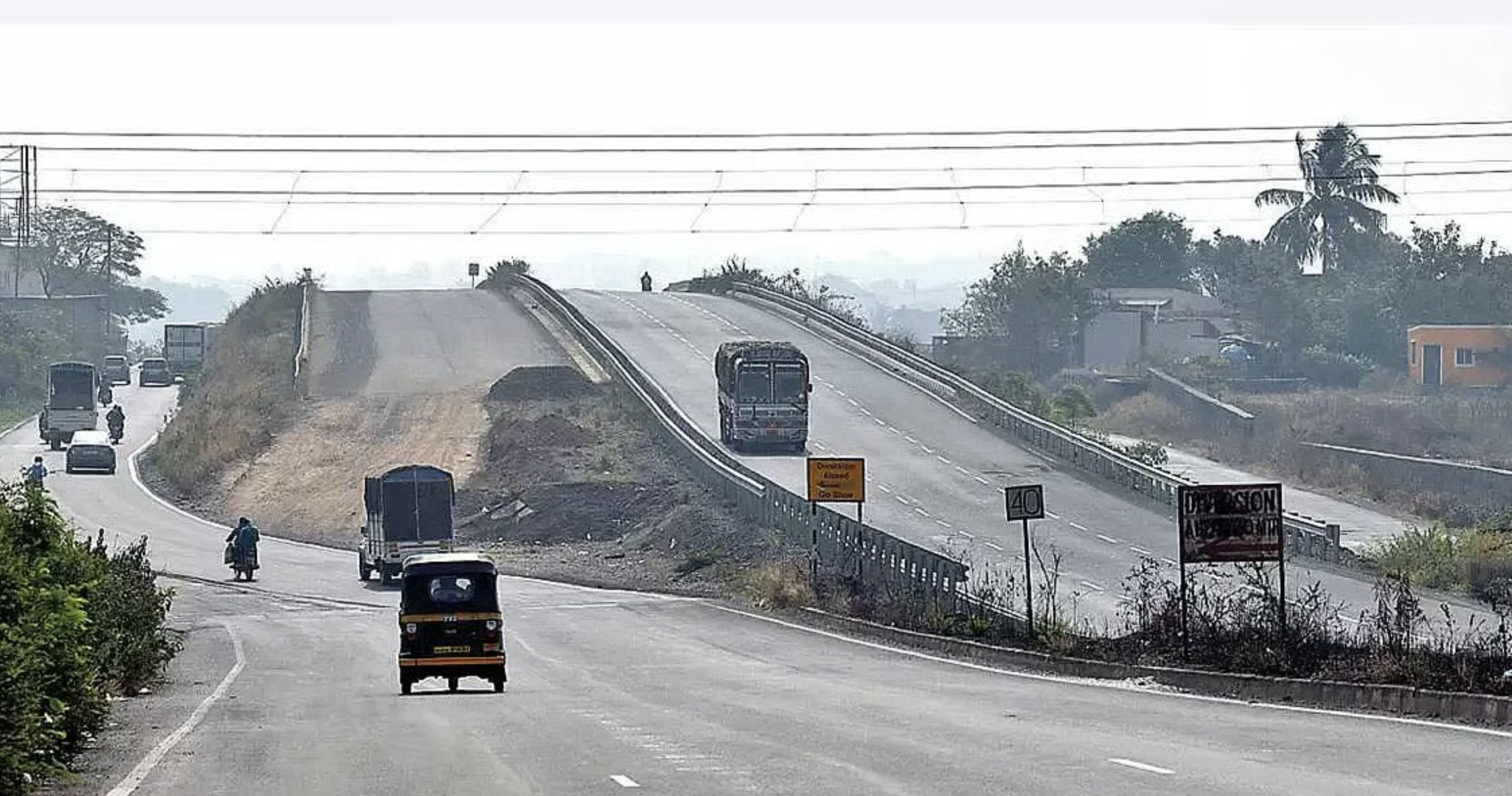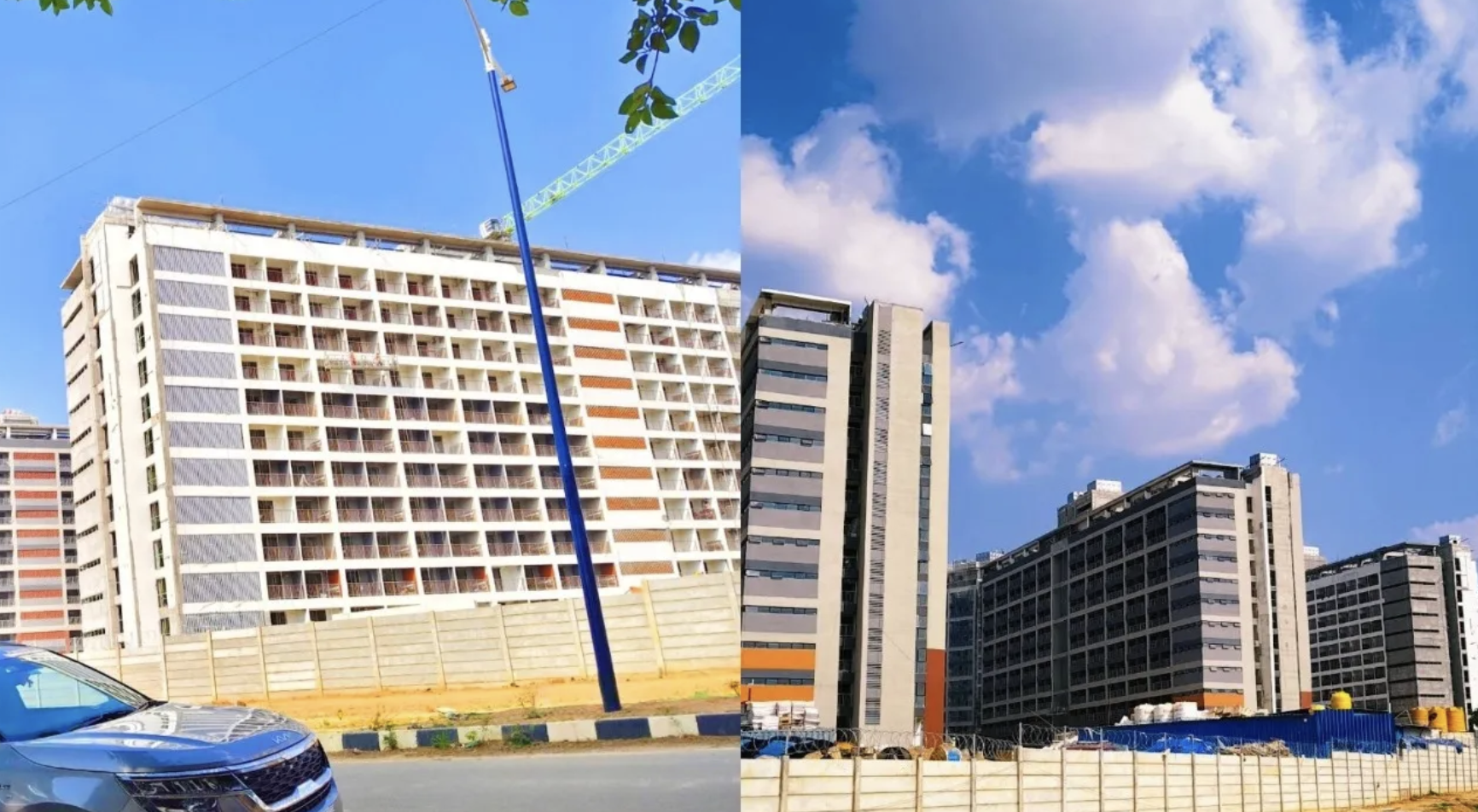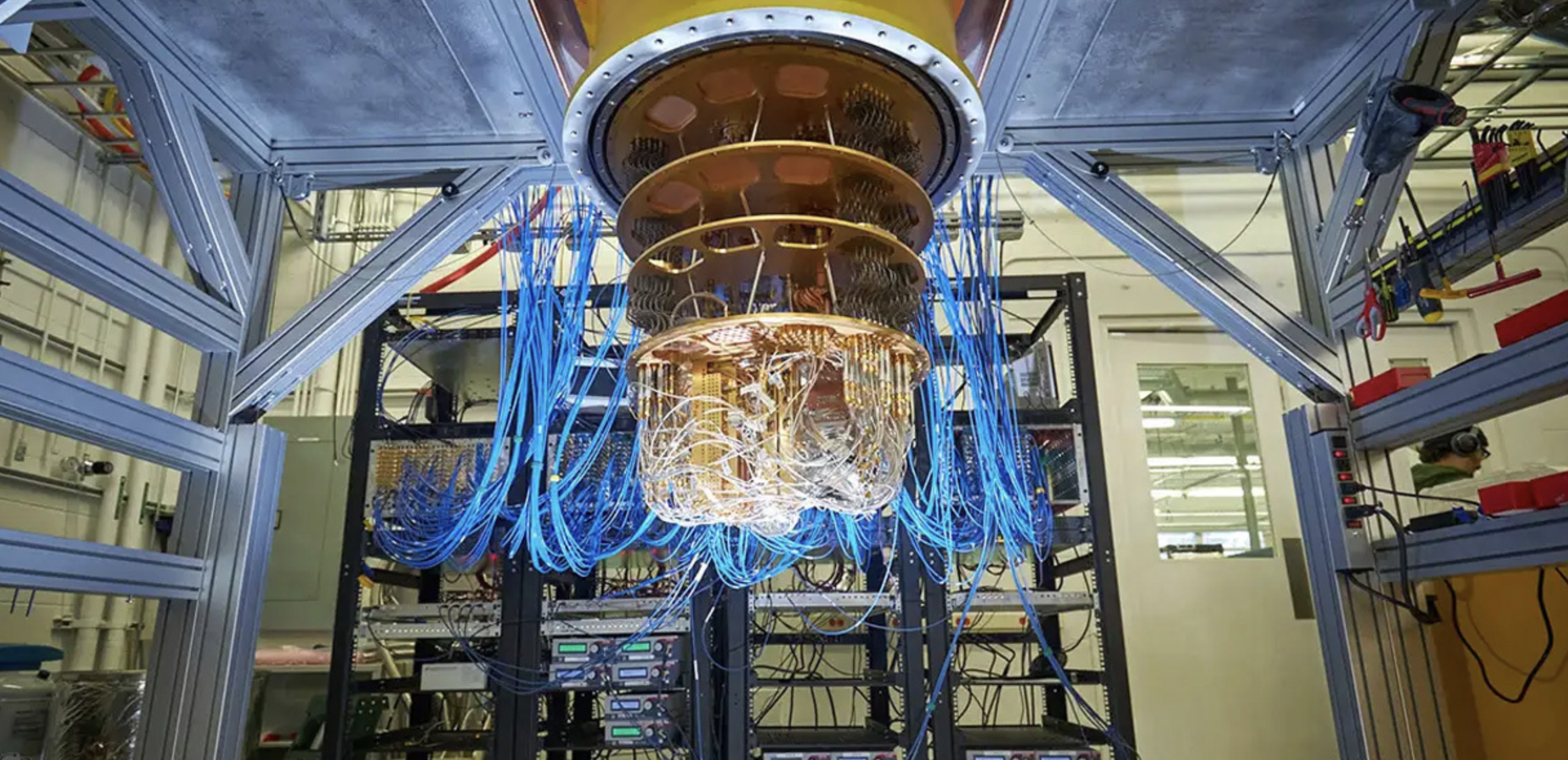This is a Guest Blog by Ms. Yogita Tulsiani, Director and co-founder, iXceed Solutions (Global Tech-Recruiter Provider).
The world is grappling with a multitude of challenges with market uncertainty, geopolitical tensions and layoffs. This contributes to the looming recession global recession flashing red and affecting macroeconomic stability. Amid the shifting geopolitical landscape, the world witnesses supply-side challenges that organizations today cannot wait and watch of letting a crisis go.

In today’s age, uncertainty had become a characteristic of modern businesses. For years, organizations, especially the old school corporates have enjoyed steady economic gains with market dominance. The integration of new technologies has disrupted the market and brought startups into the landscape to create robust economic flows.
With rapid strides in the market, Asia is at a turning point and leaders are learning to address issues including digital demography to clarify priorities and move forward in the fast-moving post-pandemic world. Navigating the increasingly complex landscape, competent leaders are opting to play both offense and defense. They follow a defensive approach to redefine impact – protecting their downside risks while unlocking new opportunity streams on the upside. This demonstrates a strategic effort and long-term vision to create sustainable and inclusive growth in Asia.
In spite of complexities, top CEOs are relying on modern leadership techniques to re-evaluate business strategies and create resilience. Asia’s top CEOs are making proactive moves to redefine what it means to be a leader. These leaders are not only focused on speed and responsiveness but they are also in a state to take risks for innovation.
Top CEOs of Asia are bringing a paradigm shift in the role of leadership and redefining the way businesses are built:
- Ensuring sustainable and inclusive growth with technology
- Creating dynamic, inclusive, and resilient cultures
- Adopting a growth and learning leadership mindset
Delivering sustainable and inclusive growth with technology
Technology is ultimately essential for economic growth and sustainable development and Asia, like the rest of the world is moving on the trajectory to become a digitized economy. Having said that, it can widen inequalities and result in unstable growth. Modern countries such as China and Singapore have adopted digital transformation but other developing countries in South and Southwest Asia are still lagging.
The leaders in Asia are embracing new technologies to strengthen their digital infrastructure. Entrepreneurial leaders are capitalizing on technology tools to create opportunities and change people’s lives and bring societal changes.
Alongside digitization, Asian business leaders are focusing on rapid technological advances to reap its benefits and accomplish sustainable development goals. Some frontier technologies such as Artificial Intelligence, digital platforms and robotics can significantly help people to in earning more income and manage their labor shortages. Therefore, to deliver sustainable and inclusive growth, leaders harness technology to create appropriate business models and create better jobs in developed and developing nations.
Creating dynamic, inclusive, and resilient cultures
Asian leaders are in many ways rethinking— to be resilient, and agile and bolster the workforce’s capabilities. At a time of fierce competition and talent war, leaders are finding the right hybrid-working norms and placing renewed emphasis on data-informed decision-making for teams to test, learn and be adaptive in the complex business environment.
Many leaders are investing in talent and culture to gain a two-way talent advantage – adaptability and resilience. This helps organizations attract top talent and increase their chances of success.
Adopting a growth and learning leadership mindset
Growth and learning leadership mindset result in holistic organizational development. It drives large-scale transformations and the ability to develop talents, abilities and emotional intelligence improves organizational performance.
CEOs in Asia are extending their leadership tool kit to demonstrate courage in business. The openness to adopt new technologies and welcome changes puts them in a better position to reconstruct the organization’s growth and pivot resources for better performance. In addition, this lays a strong foundation for a sustainable business and the team is likely more influenced to follow the leaders.
As we are through with the first month of 2023, a new form of leadership is taking hold in Asia. It is reflecting the leaders’ ability to withstand, bounce back and focus on organizational growth despite uncertainties. This allows leaders to set priorities when setting goals and driving long-term value.












